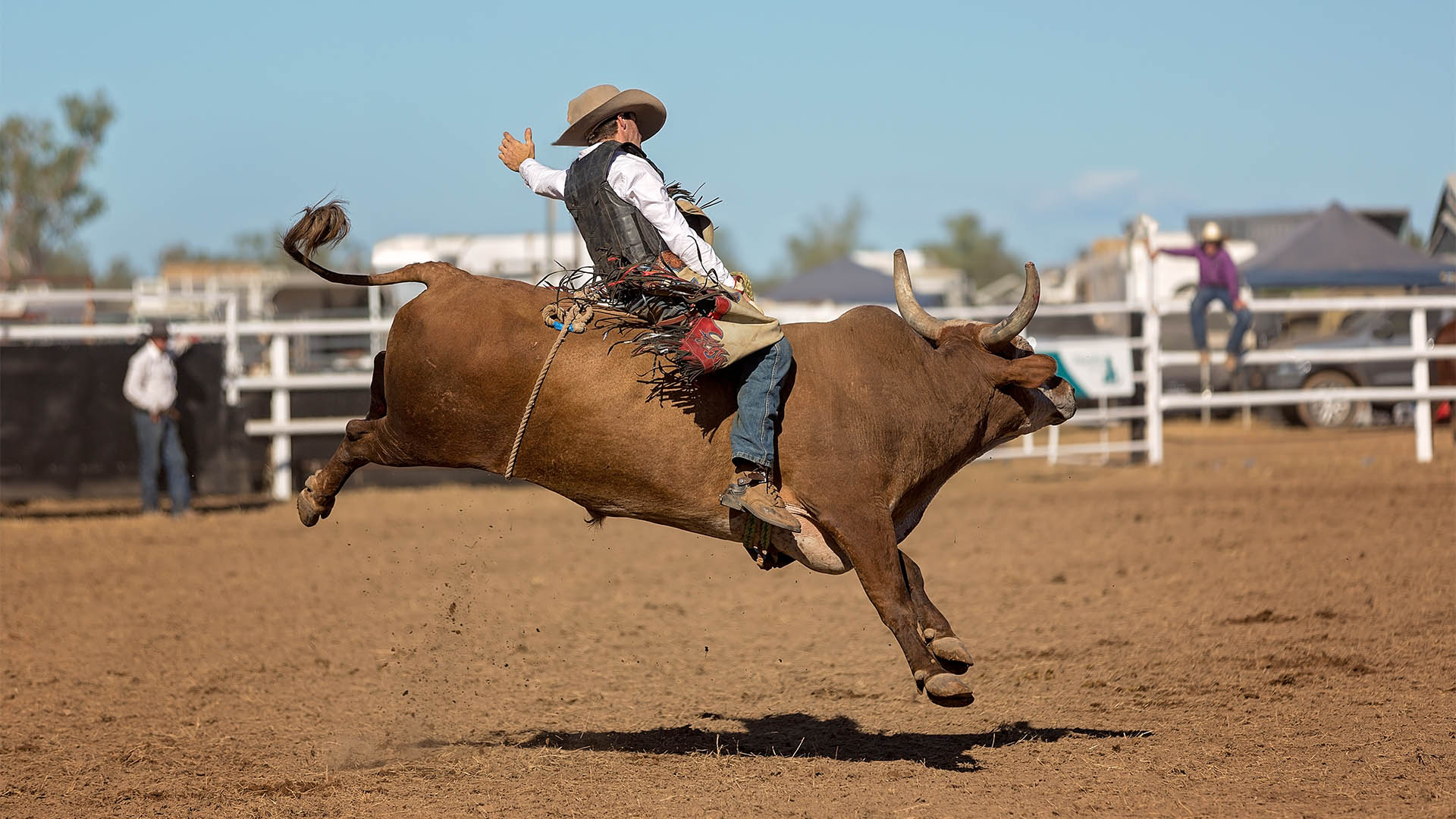A rate rise is guaranteed when the Reserve Bank meets tomorrow and, as was the case in the run-up to the May meeting, the speculation is about the size of the increase and those to come later in the year.
Some in the markets say it will be 0.25%, which would take the rate to an unwieldy 0.60%, others say it could be 0.15% to take it to a round 0.50%, there’s one or two economists who can see a 0.50% (but 0.85% is also unwieldy).
The most popular forecast is 0.40% (it featured in the May lead up speculation) taking the cash rate to an easier to move 0.75%.
That would then allow the bank to lift it by a further 0.25% or0.50% in July.
AMP chief economist Shane Oliver wrote at the weekend “the clear messages from the RBA since its May meeting are that: it is concerned about a rise in inflation psychology (or expectations); bigger rate hikes are not off the table as it seriously considered a 0.4% hike in May but opted for a “business as usual” 0.25% hike; and that more rate hikes are on the way.”
“Since the last meeting: March quarter wages data was on the soft side but was in line with RBA expectations; the fall in unemployment to 3.85% in April along with numerous business surveys and the RBA’s own business liaison point to an acceleration in wages growth; March quarter GDP growth was strong and was around or slightly stronger than the RBA’s own implied forecasts; news of inflationary pressure continues to mount notably with a rebound in petrol prices and reports of surging power prices and rents.”
“As a result, RBA concerns about rising inflation psychology are likely to have increased arguing for a step up in the pace of tightening in June in order to get on top of inflation – just as we have been seeing in New Zealand, Canada and likely soon (again) in the US – and so we expect a 0.4% hiking taking the cash rate to 0.75%.
“There is a risk it could even opt for a 0.5% hike. Either way by year end we continue to see the cash rate rising to between 1.5% and 2% with a peak of 2% to 2.5% next year,” Dr Oliver wrote at the weekend.
Economists at Moody’s wrote “We expect the Reserve Bank of Australia to hike the cash rate by 40 basis points to 0.75% … Consumer inflation has significantly picked up in Australia. CPI rose 5.1% in the March quarter driven by high automotive fuel and dwelling costs.”
“Geopolitical factors continue to boost global crude oil prices and the more recent domestic gauges of industry and business surveys also point toward further inflation pressures from rising production and labour costs.
“The RBA is therefore expected to tighten the cash rate in this announcement and through the rest of the year to anchor inflation expectations,” Moody’s economists wrote.
The March quarter national accounts revealed rising cost pressures that would allow the RBA to go 0.40% or 0.50% but not 0.15%.
The GDP implicit price deflator increased 2.9% in the three months, the fastest rate since March quarter 1988 and a sign of just how embedded cost pressures are now in the wider economy.
The ABS pointed out that a key part of that deflator, the domestic final demand implicit price deflator rose 1.4% which was the strongest growth since the introduction of the Goods and Services Tax in 2000 and significantly higher than the 0.4% rise in the March, 2021 quarter.
The ABS said this reflected high levels of demand and increased input costs in the quarter which are now also widespread. These cost pressures are the big story for the rest of the year, helped by surging electricity and gas prices.
There was little impact from the higher electricity and gas costs in the March quarter – they are coming for the June and September quarters.
The National Australia Bank’s economic team wrote in their commentary on the national accounts:
“The impact of both price pressures and supply constraints were again evident in today’s accounts,” the NAB’s team wrote on Wednesday. “the domestic final demand (DFD) and consumption deflators strengthened further – with DFD at its highest level since the early 2000s in annual terms…Ultimately, we still see the high level of aggregate demand putting further pressure on what is already a tight labour market and, with inflation elevated, expect the RBA to continue normalising policy.”













